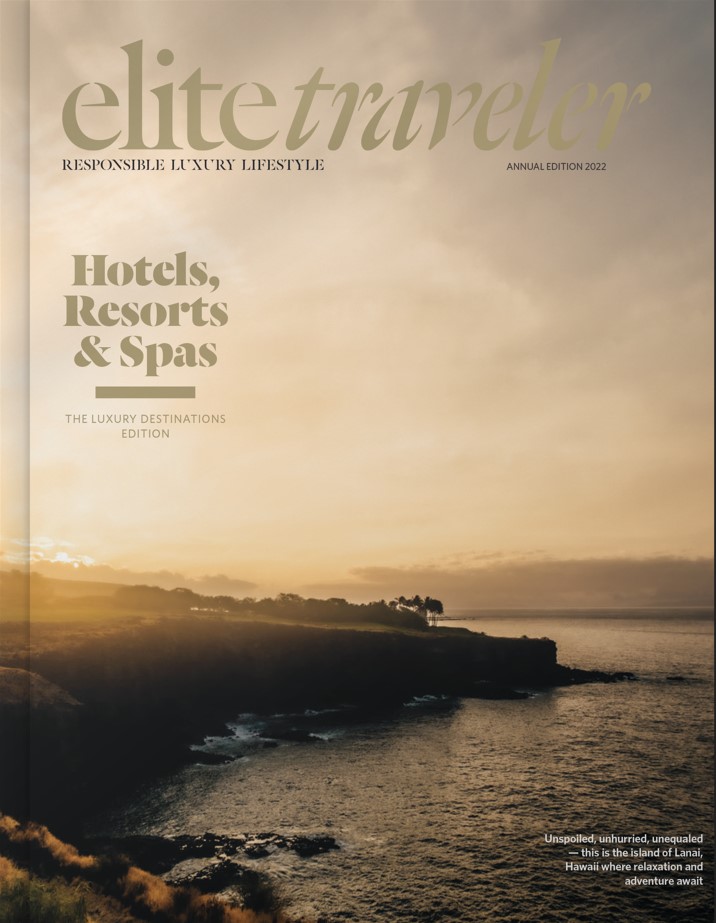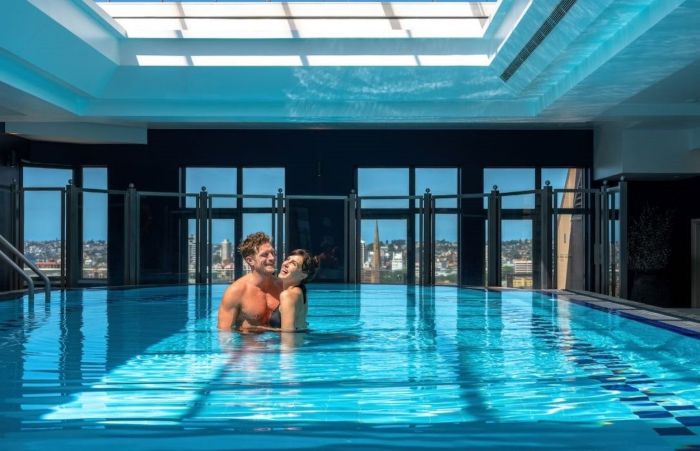
For years the luxury retail market has been defined by the wealthy’s power to purchase endless amounts of high-end goods. Affluence has always been associated with what people possess, and by taking everyday products and embellishing them—either with a luxury brand name or something more materially valuable like precious stones—retailers could make prices soar and attract a luxury buyer. Yet it appears that this is changing. With a development in people’s perceptions about what constitutes luxury, it could be that high-end marketing is slowly but surely moving away from what people can just own.
The redefinition of luxury is characterized by the shift in focus from material goods to the experience a product or service can offer. It’s possible to see this in the holiday market, with luxury trips becoming ever more popular and adventure luxury travel even more so. The current generation of young consumers, known as Millennials, often define the quality of their lives by how fully they feel they are living it. This may be much harder to quantify than the value of goods in a home, but people are much more likely to get a sense of it through adventure and exploration than yet another expensive watch.

Furthermore, these consumers have grown up with the idea of expenditure resulting in something that is ultimately ethereal. Across the entire economy more and more money is being spent on the intangible, allowing people access to an entire world’s worth of media which would take warehouses to store in their physical form. When it’s possible to own a vast library without the purchase of a single physical book, it makes sense that owning material objects seems less important. The concept of being physically unencumbered, traveling lightly and freely in a constant search for new experiences, appears to be on the rise.
This attitude is even stretching to significant purchases—including those that have traditionally been seen as indulgent but ultimately sensible and secure outlays of money—like that of property and jewelry. The arrival of schemes such as The Hideaways Club reflect this, with members using luxury holiday residences all over the world rather than acquiring a particular second or third home. People who can afford to join clubs like this would have more than enough money to buy another home in an attractive, foreign location, but this offers less commitment, varied experiences and no burdensome material assets.

The same can be said for high-end jewelry hire, such as that offered by Bentley & Skinner. Why commit yourself to one five or six figure piece of jewelry when you can have access to an array of them? This philosophy appears to be increasingly appealing to the luxury buyer, with people willing to spend large amounts of money on fleeting yet rewarding experiences and becoming less interested in acquiring something that may end up becoming just another worry. Property and high-priced belongings involve an investment of time in order to maintain and protect them, something some consumers are beginning to see as a restriction on their freedom.
When people do pursue material goods, there’s a discernible change in the character of such purchases. The much-maligned “hipster”—a group of ethically aware, fashionable and artistic urbanites—can be credited for driving much of this change. Self-aware to the point of inviting derision, hipsters (and Millennials in general) place the value of a product in its ability to distinguish them from the crowd, somehow elevating them above the perceived immorality of consumerism by virtue of the sophisticated taste that’s displayed in their carefully-considered choice. This goes hand in hand with the perception of this particular product’s handmade, creative authenticity.

Hipsterdom as a fashion movement is far from dead, but the most striking thing about the trend is how it has influenced the market from low to high end, even to the extent of transforming the urban landscape. Independent cafés, shops ran by artisans, and quirky retailers have swept across previously run-down areas, as seen in East London and large sections of New York, becoming an indication that the area was “on the up.” This lead to the visual environment of marketing changing dramatically, with a new focus on creating the impression of genuineness and authenticity.
This can be seen across the market. Phrases like handcrafted, bespoke and locally sourced can be seen everywhere, from British supermarkets and chain pubs introducing advertorial chalkboards mimicking traditional family run businesses, to small workshops selling their artisan goods for high prices. For the luxury consumer, these handcrafted things aren’t worth more money because they’ve been diamond encrusted or emblazoned with the name of a famous luxury brand, they’re worth more money because they are somehow more real.

Of course, the result is still the same, with the acquisition of a material good, but the process of carefully choosing it and interacting with the producer or craftsperson is a way of buying into the idea of a life more authentically lead. This ties in heavily with the experiential aspect of shopping. People don’t simply want to own or consume a product, they want it to suggest a richer, more interesting and artistic life. Of course, selling a lifestyle in this way is the very basics of advertising, but the trends towards authenticity (which should give the impression that the forces of marketing have not touched it at all) denotes a shift in public consciousness, especially in the luxury buyer.
For these consumers, splashing cash simply because it differentiates you from those who can’t afford to do so isn’t an attractive option. There’s no logical reason to buy a gold plated iPad if it serves the same function as a normal one, for example, and while this kind of product will always have a market for many, they can seem somewhat pointless. More satisfaction is to be found in spending money on what can be truly perceived as special, meaning that the conspicuous, material-based consumption of the past is becoming noticeably less fashionable.

Bolstering this trend is the fact that it has become interwoven with a growing sense of social conscience. As people become more ethically aware, excessive consumption is increasingly perceived as embarrassing, or even immoral. People are questioning the value in owning so much when it is not needed, and looking for ways to spend their money more productively. In response many luxury consumers are going out of their way to make principled choices. This can manifest itself in holiday choice that are combined with a sense of social good, such as voluntourism (which also satiates people’s desire for novel experience) and the pursuit of ethically-sound products.
Whatever the reasons behind it, this drift away from the constant acquisition of material assets is ultimately about consuming less in order to live more. Experiential travel is no longer based around a yearly holiday and has instead become a lifestyle choice, while objects are increasingly intended to reflect a life well lived, rather than the size of someone’s bank account. With a world of exhilarating and life affirming experiences on offer to the luxury buyer, the high-end retail market is adapting fast to meet the needs of this light-footed new generation of consumers.














